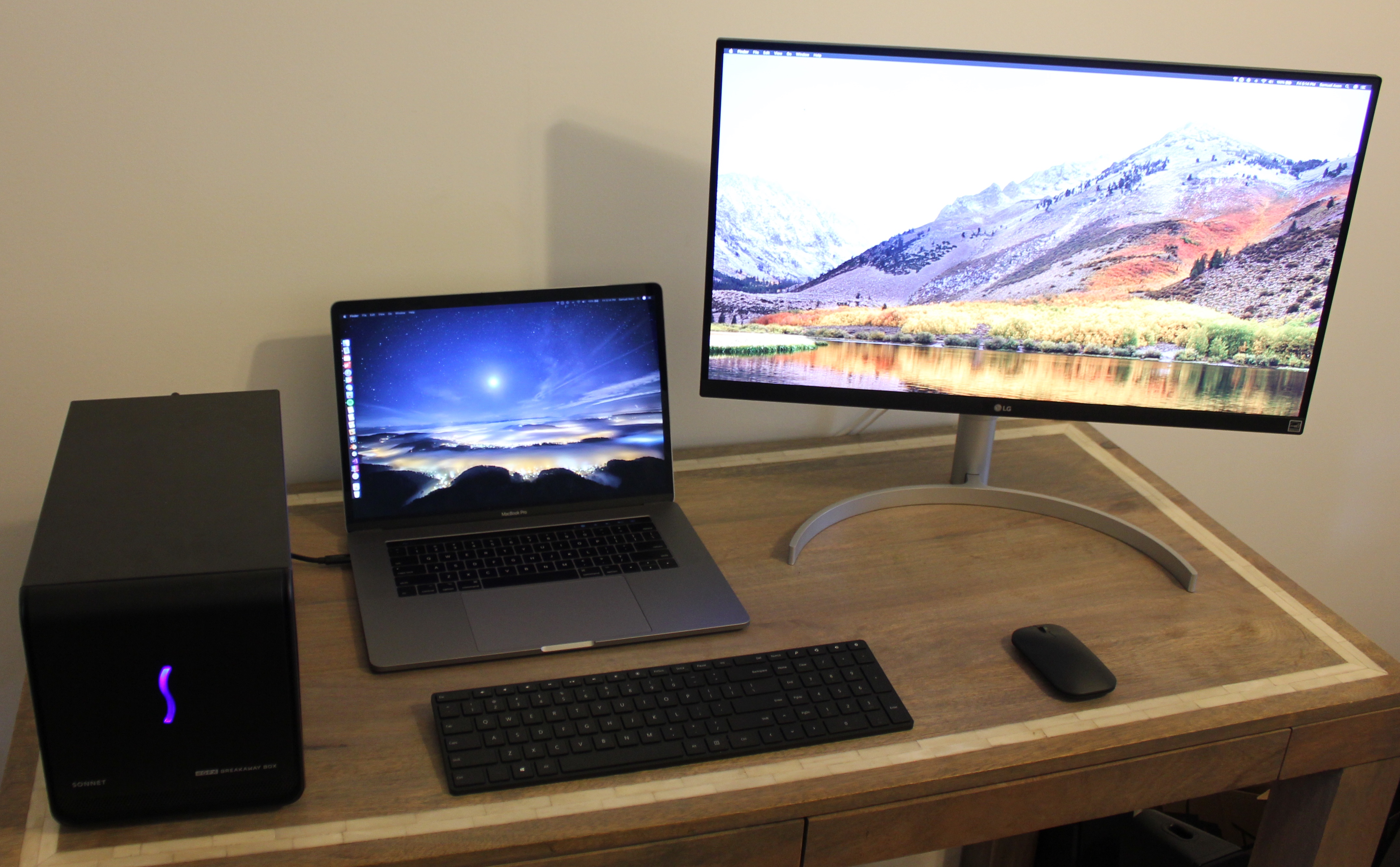Best Desktop External Hard Drive For Mac 2016
Posted : admin On 09.12.2018It’s easy to pick the right hard drive capacity these days: most external drives now offer at least as much space as a standard Mac (1TB) — and there are thousands of options to choose from. The Best External Hard Drives for Mac. Buying an external hard drive for your Mac is not all that different from buying one for your Windows PC. The Best External Hard Drives of 2018. Moving data from a computer system to an external hard drive is not a backup, unless there is already a duplicate of the file on a different storage location. Western Digital recommends that best practice is to keep a backup of your important data at all times.
So drive makers switched to a different but even less useful metric: Annualized Failure Rate (AFR), which estimates the percentage of total drives made that will fail in a year due to manufacturing defects. All an AFR of “0.73%” suggests is that 7,300 of 1,000,000 drives will likely develop problems in year one due to defects rather than abuse. That low percentage may seem reassuring, but it obscures the reality that heavy drive use increases failures over time, and some drives are much better-suited to heavy use than others. My advice: purchase your drive with a specific purpose in mind. If you’re backing up precious photos, home videos, or important files, buy a name brand, desktop-sized hard drive from a company with a track record of reliability, and pay a little more for it. It doesn’t really matter how the drive looks, just that it will work for a long time. But if you’re just using a drive to store apps, games, or iTunes movies that you can easily re-download at any time, or only intermittently turn a drive on for backups, you can feel comfortable going with something cheaper, more portable, or fancier-looking.
About 5 percent of drives fail in the first 18 months of use, with the failure rate dipping to about 1.5 percent for another 18 months. At three years of service, the failure rate jumps to almost 12 percent. At four years, the failure rate is 20 percent. Judging from five years of data, Backblaze estimates that more than half of hard drives will last six years. If you spend most of your time working at one desk, you should get a desktop external drive.
Password protection is available on some devices if you have sensitive data that must be protected. You can get a model with hardware encryption for extra security. Internal Hard Drives are known to need formatting before they can be connected to competing brands. If you don't like physical or solid state drives then you should consider investing in cloud storage which comes with similar storage capacities, password protection and automatic backup software.
Inside this unassuming little paperback-sized slab lurks vast storage: 3 TB (Est. $90) or 4 TB (Est. $120), or you can opt for the Seagate Backup Plus Hub version that adds two front USB ports in 4 TB (Est. $100), 6 TB (Est. Cannot locate the internet server or proxy server error message word for mac 2011. $145) or a 'cavernous' 8 TB (Est. $180) that's ComputerShopper.com's Editors' Choice. Other experts as well as owners like it as well.
Toshiba Desktop External Hard Drive

While the 4 TB version’s price is often double that of our top picks (around $200), the 8 TB model’s price appears to fluctuate: The 8 TB Easystore cost around $140 while we were researching for this guide, but it costs $300 as of this writing. If you can find it for less than our current 8 TB pick, we encourage you to buy it; this model was the fastest 8 TB external hard drive in our HD Tune tests and Time Machine testing. If not, the small speed difference isn’t worth spending $15 to $130 more than what you would for the 8 TB My Book. Although is a great desktop hard drive, it’s quite expensive. It outperformed the WD My Book in most of our tests, but it costs nearly $20 more as of this writing. We don’t think the jump in speed is worth spending that much more money for most people, because it didn’t offer a noticeable improvement.
Hard drive longevity used to be measured with an estimate of “Mean Time Before Failure” (MTBF). Each year has 61,320 hours, so a drive with a MTBF of 300,000 hours would promise to last 4.9 years if actively used 24 hours each day.